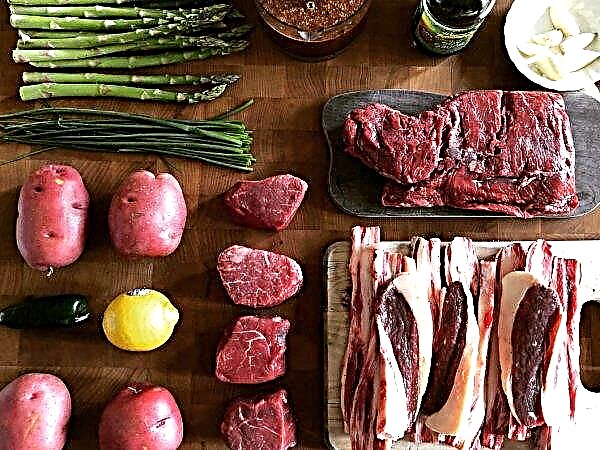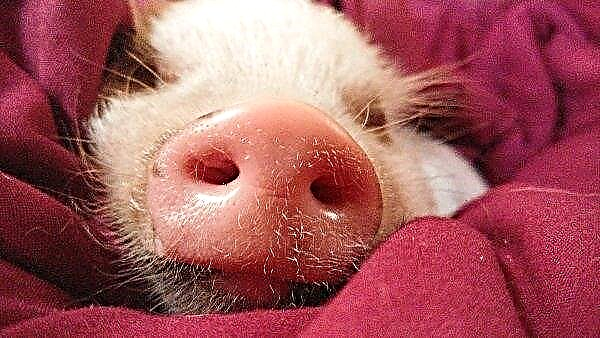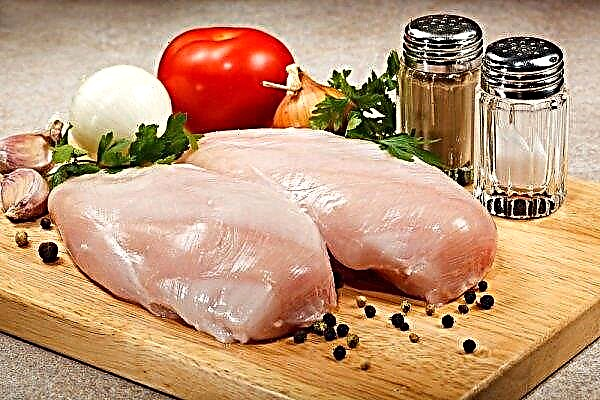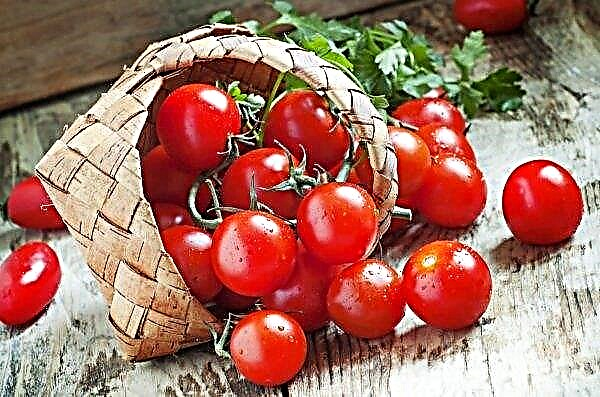The preparation of crucians in canned form is simple, and the result is an exquisite taste. Due to the lack of bones in the finished product, tender and sweet meat can be served as an independent dish, used as a basis for fish cakes, components for salads, pie fillings. This is a great way to diversify homemade preserves, and various recipes will help you enjoy delicious, melting pieces of fish in your mouth without harmful additives and dyes.
Selection and preparation of ingredients
The autoclave will destroy all microorganisms due to long-term processing at high temperature (from + 105 ° C to + 110 ° C), will preserve the taste and benefits of crucians as much as possible. Therefore, it is important to pay special attention to strict adherence to sterilization rules before autoclaving at home.

So that the result does not disappoint and serves as a guarantee of the safety of your health in the future, the following recommendations will help to properly prepare for canning:
- fish carcasses must be odorless and damage free. Prefer a fresh catch, but in extreme cases frozen stocks will do;
- crucian carp must be cleaned, gutted, washed (caviar is removed, and the fins are not always cut off - they become soft during cooking in the autoclave). Caviar can also be preserved by preserving separately;
- cut large fish into pieces up to 5 cm wide, and use small fish whole;
- Be sure to add vegetable oil - it will improve the taste of canned food and extend the shelf life. You can experiment with olive, corn or use a classic sunflower;
- if you plan to cook crucian carp in the traditional way in tomato, make a gravy of fresh tomatoes ahead of time or use ready-made ketchup, Krasnodar sauce, tomato juice or pasta;
- when preserving fish pieces in oil, to better maintain their shape, pre-fry them without breading. For the same purpose, you can add 5 g of sugar in each jar;
- to saturate the taste, in addition to the standard set of bay leaves and pepper, use coriander, caraway seeds, cloves;
- for seaming fish, it is better to take glass jars of small volume (from 0.3 to 1 l) - they are more convenient to sterilize and place in an autoclave;
- to prolong preservation, sterilize the dishes in a water bath for at least 15 minutes before putting crucians in jars;
- lay out the pieces in containers so that the fill remains 2 cm below the level of the neck, otherwise the liquid will leak during sterilization;
- You can add raw or fried vegetables to your fish blanks. Before this, onions are cut in half rings, and carrots - in cubes. You can use boiled cereals (buckwheat, barley, rice). Lay additional ingredients in layers, alternating fish and additives.
- Twist crucian caviar in its pure form with the addition of salt - it turns out tasty, albeit unlike industrial, because its consistency is more dense and not friable.
Did you know? Karasi are not indifferent to odors that are not characteristic of their habitats: fishermen lure fish with the menthol aroma, Corvalol and even kerosene.
Recipes for canned crucians in an autoclave
Ready canned crucian goes well with any side dish, vegetable cut, salad. Serve it with cereals or mashed potatoes. He is also able to turn a slice of fresh bread into an ideal sandwich for a quick bite. Making canned food in an autoclave is a simple and quick procedure.
The step-by-step algorithm is as follows:
- Spin the jars in an autoclave.
- Fill everything with cold water above the level of the covers.
- Increase the pressure gradually and raise the temperature to the required level.
- At the stage of reaching the desired indicators, note the time and begin sterilization.
- Turn off the autoclave after the required time has elapsed, wait for it to cool, and remove the ready-made canned food.
- Always bleed off the pressure before opening the autoclave; without this, caps will swell due to the difference in air.
 Do not leave a heated autoclave unattended. Be sure to check the pressure and temperature the more often, the stronger the heat source.
Do not leave a heated autoclave unattended. Be sure to check the pressure and temperature the more often, the stronger the heat source.
The temperature indicators and the duration of the preparation depend on the capacity of the containers:
- cans with a volume of 0.35–0.5 l are aged 30 minutes at + 105 ° C;
- 1 liter cans should be autoclaved for 35–40 minutes at + 110 ° С.
In tomato

5 kg30 minutes
chopped crucian with caviar
4 kg
vegetable oil
100 ml
ground black pepper
20 g
Nutritional value per 100 g:

Clean the fish, gut it, cut the fins, remove the heads, collect caviar in a separate container.
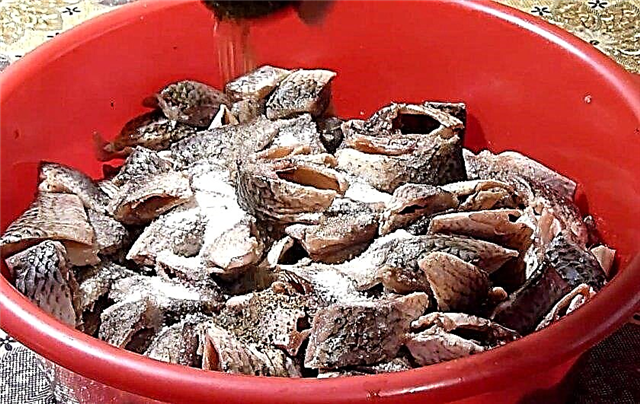 Wash the carcasses and cut into portions. Add 4 tbsp. l salt and pepper to taste, mix and leave the fish to salted for 10-15 minutes.
Wash the carcasses and cut into portions. Add 4 tbsp. l salt and pepper to taste, mix and leave the fish to salted for 10-15 minutes. Mix caviar with 2 tbsp. salt. Sterilize the jars, put each on the bottom half of the bay leaf.
Mix caviar with 2 tbsp. salt. Sterilize the jars, put each on the bottom half of the bay leaf.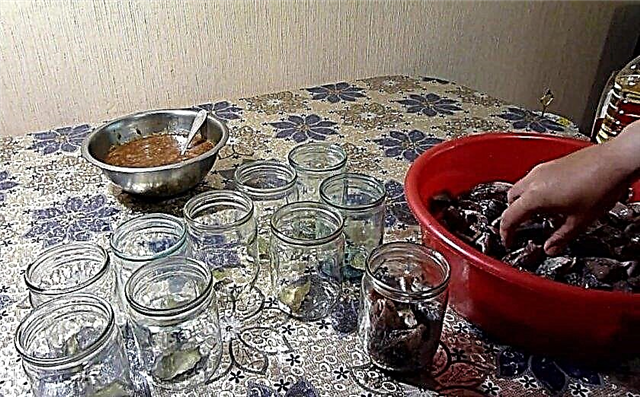 Add a bag of ketchup to the fish and mix thoroughly. Stack the pieces as tightly as possible, tapping them lightly with your fingers.
Add a bag of ketchup to the fish and mix thoroughly. Stack the pieces as tightly as possible, tapping them lightly with your fingers. Pour salted caviar over the remaining jars. In each container add 1 tbsp. vegetable oil.
Pour salted caviar over the remaining jars. In each container add 1 tbsp. vegetable oil. Screw the preservation lids at least 1 minute sterilized in boiling water (sealing gum will fit better). Load the entire volume of cans into the autoclave cassette and tightly fix the holders.
Screw the preservation lids at least 1 minute sterilized in boiling water (sealing gum will fit better). Load the entire volume of cans into the autoclave cassette and tightly fix the holders. Place the containers in the appliance and fill with cold water above the level of the lid, but 3-4 cm lower than the neck of the unit, then close the lid and turn on the heat. When preserving raw fish, the temperature should be kept within + 115 ° С.
Place the containers in the appliance and fill with cold water above the level of the lid, but 3-4 cm lower than the neck of the unit, then close the lid and turn on the heat. When preserving raw fish, the temperature should be kept within + 115 ° С.
30 minutes after the autoclave reaches the desired temperature, turn off the heat.
 Open it only after complete cooling, which occurs after 17-24 hours. When the temperature reaches + 30 ° C, carefully release the pressure, open the cover and only now drain the water.
Open it only after complete cooling, which occurs after 17-24 hours. When the temperature reaches + 30 ° C, carefully release the pressure, open the cover and only now drain the water.
Calculate the volume of finished products, taking into account that out of 10 kg of crude crucian carp and caviar, approximately 4 kg of finished carcasses and about 1 liter of caviar are obtained.
Video recipe
In tomato Video recipe: In tomato
Important! To maintain the temperature at the proper level throughout the sterilization process, reduce the fire immediately, as soon as the indicators exceed the norm, otherwise the fish will boil and the lids will fly off.
In oil

5 kg35 minutes
vegetable oil
320 ml
black pepper peas
20 g
Nutritional value per 100 g:
- First clean and thoroughly wash the crucian carp.
- Cut large specimens into pieces weighing 50–70 g, salt and mix.
- Peel carrots and onions, wash and chop them. Place 1 bay leaf and 2 black pepper peas on the bottom of the sterilized dishes.
- Put the fish pieces up to about half of the can with a mandatory tamping.
- Next place a layer of onions and carrots, then repeat the layer of fish. Lay the remaining space with vegetables, leaving 2 cm of empty space to the edge of the can. Top up the products with sunflower oil at the rate of 20-30 ml per jar, proceed to rolling.
- After this, place the cans in the autoclave cassette.
- ] Pour water into the appliance container so that 2–4 cm remains to the upper edge of the housing. Close the lid and tighten the nuts firmly.
- Set the unit to heat to a temperature of + 110 ° C. Canned food will be ready in 30–35 minutes.
- Wait for the autoclave to cool, then remove the finished fish.

Did you know? Germans call crucian carp "peasant carps" due to the abundance and availability of this species.
With buckwheat

5 kg35 minutes
black pepper peas
20 g
Nutritional value per 100 g:
- After cleaning the fish, gut it and wash it well so that there is no black film left inside.
- Cut the carcass into portions, separate the heads and do not use.
- Make breading from flour and salt. Roll crucian in it, fry on both sides until cooked.
- At this time, boil the buckwheat until soft, salting it to taste.
- Peel and rinse the vegetables, finely chop the onions and grate the carrots, and then fry them in vegetable oil until golden in a separate frying pan.
- Mix vegetables with cooked buckwheat.
- Sterilize 10 cans with a volume of 0.5 l.
- Place half the bay leaf and 3 peppercorns on the bottom.
- Firmly lay the buckwheat with the first layer and the fish next. Repeat alternating layers until filling.
- Screw the cans with clean tin lids while the cans are hot and place in the cassette.
- Pour cold water into the autoclave tank and set to heat to + 105 ° C.
- After 30 minutes, turn off the heating and allow the canned food to cool for a day, then remove them.

Important! Autoclave heating time — 1 hour, but it cools much longer. For this reason, it is better to turn it on in the evening, then by morning it will have time to cool.
Features of canned food storage
The recommended temperature for storage of crucian billets is + 1 ° С ... + 13 ° С. Minus indicators are disastrous for them. Increasing humidity up to 70% is also an undesirable condition, as well as direct sunlight. It is advisable to use canned fish in the first three months after preparation. The maximum allowable shelf life is up to six months. You can’t save longer, otherwise the meat becomes watery and crumbles, an unpleasant odor appears, which indicates an expired product and its unsuitability for consumption.

Preserving fish using an autoclave is a great alternative to hours of debilitating sterilization in a pan. Preservation of useful properties and languishing of crucian carp in its own juice add to this process of advantages. The recipes for making canned crucian carp are numerous and varied, but you just have to include imagination and you can create your own specialty at home.


 Wash the carcasses and cut into portions. Add 4 tbsp. l salt and pepper to taste, mix and leave the fish to salted for 10-15 minutes.
Wash the carcasses and cut into portions. Add 4 tbsp. l salt and pepper to taste, mix and leave the fish to salted for 10-15 minutes. Mix caviar with 2 tbsp. salt. Sterilize the jars, put each on the bottom half of the bay leaf.
Mix caviar with 2 tbsp. salt. Sterilize the jars, put each on the bottom half of the bay leaf. Add a bag of ketchup to the fish and mix thoroughly. Stack the pieces as tightly as possible, tapping them lightly with your fingers.
Add a bag of ketchup to the fish and mix thoroughly. Stack the pieces as tightly as possible, tapping them lightly with your fingers. Pour salted caviar over the remaining jars. In each container add 1 tbsp. vegetable oil.
Pour salted caviar over the remaining jars. In each container add 1 tbsp. vegetable oil. Screw the preservation lids at least 1 minute sterilized in boiling water (sealing gum will fit better). Load the entire volume of cans into the autoclave cassette and tightly fix the holders.
Screw the preservation lids at least 1 minute sterilized in boiling water (sealing gum will fit better). Load the entire volume of cans into the autoclave cassette and tightly fix the holders. Place the containers in the appliance and fill with cold water above the level of the lid, but 3-4 cm lower than the neck of the unit, then close the lid and turn on the heat. When preserving raw fish, the temperature should be kept within + 115 ° С.
Place the containers in the appliance and fill with cold water above the level of the lid, but 3-4 cm lower than the neck of the unit, then close the lid and turn on the heat. When preserving raw fish, the temperature should be kept within + 115 ° С.
 Open it only after complete cooling, which occurs after 17-24 hours. When the temperature reaches + 30 ° C, carefully release the pressure, open the cover and only now drain the water.
Open it only after complete cooling, which occurs after 17-24 hours. When the temperature reaches + 30 ° C, carefully release the pressure, open the cover and only now drain the water.